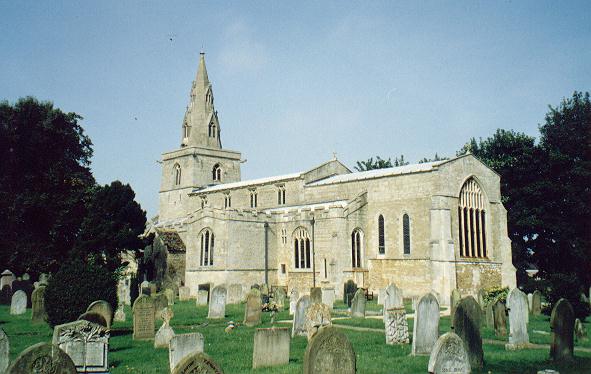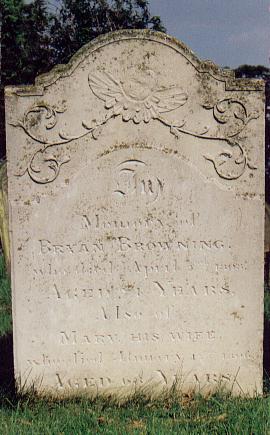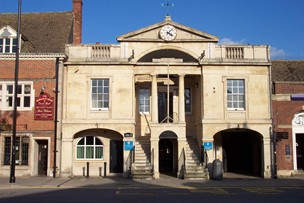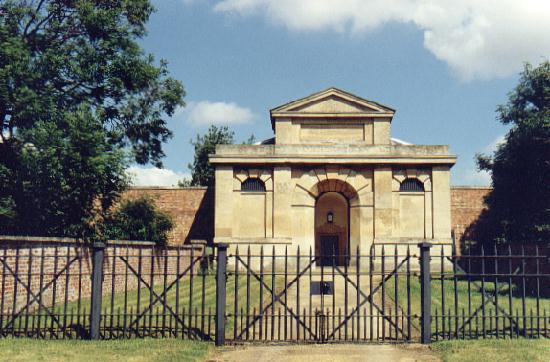|
Bryan Browning 1773-1856
The architect
Bryan Browning is best known as the man who designed Bourne Town Hall that was built in 1821 but he was also a dedicated villager whose family made their mark on Thurlby over a period of at least two centuries.
His son Bryan became an architect of some repute. He worked originally in London from 1819 to 1822 but returned to Lincolnshire and married a local girl, Miss Ruth Snart, in 1826 and practised at Number 16 Broad Street, Stamford, in the early part of the 19th century. But his reputation was such that he won several prestige commissions, including the design of Bourne Town Hall
in 1821, the House of Correction at Folkingham in 1825, the Baptist Chapel in
West Street (1835) and the workhouses at
Bourne, Spalding and Stamford. He was also responsible for considerable architectural work in Stamford including the layout of the Blackfriars Estate in 1840, the Y M C A buildings, the re-modelling of Barn Hill House in 1843 and work on St Mary's Church, Grant's iron foundry and Byard House in St Paul's Street.
But Bourne Town Hall remains Bryan Browning's most important legacy and has been the focus of civic activity in the town for almost two centuries. It replaced a small building in the market place that had been in use for many years, for both the petty and quarter sessions, the periodic courts for the dispensation of justice. But by the early 19th century, it had become dilapidated and a site occupied by a house adjoining the Bull Inn, now the Burghley Arms, was chosen for a new town hall. It was built in 1821 to designs drawn up by Bryan Browning and has been little altered since. He chose an exterior staircase and recessed twin flights of steps within the front of the building that was constructed with Doric columns after the fashion of the Roman baths. The project was financed with money raised through the county rate, from the sale of scrap materials from the previous building on the site and from public subscription, which raised just under £1,400. REVISED JANUARY 2009 See also Edward Browning John Ostler Folkingham
Go to: Main Index Villages Index |
||||||



